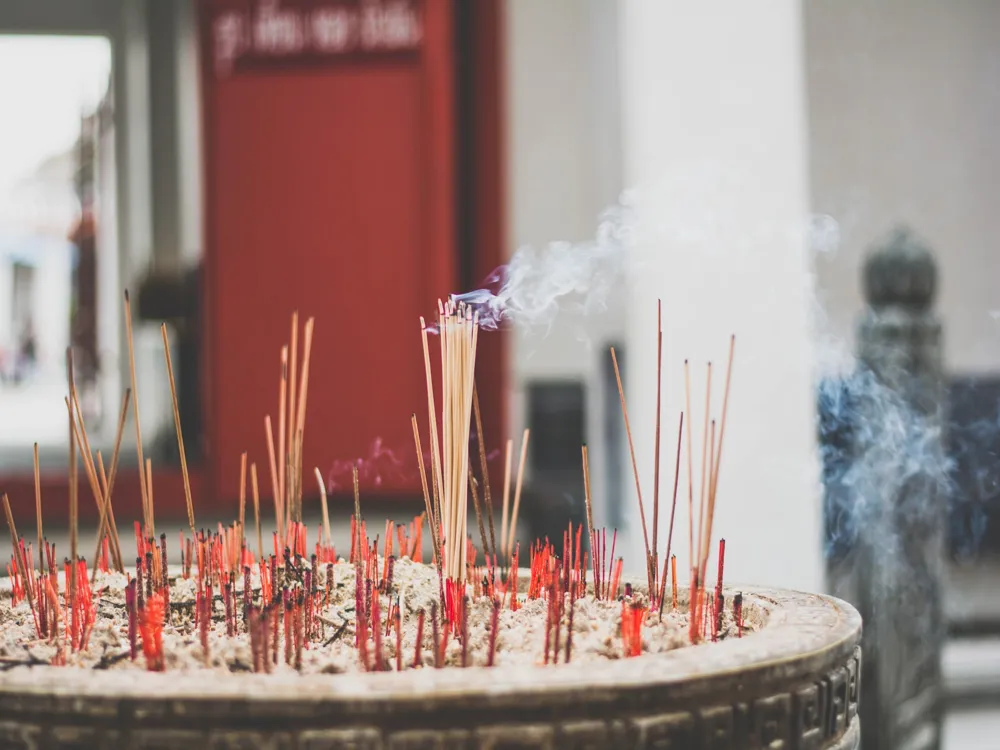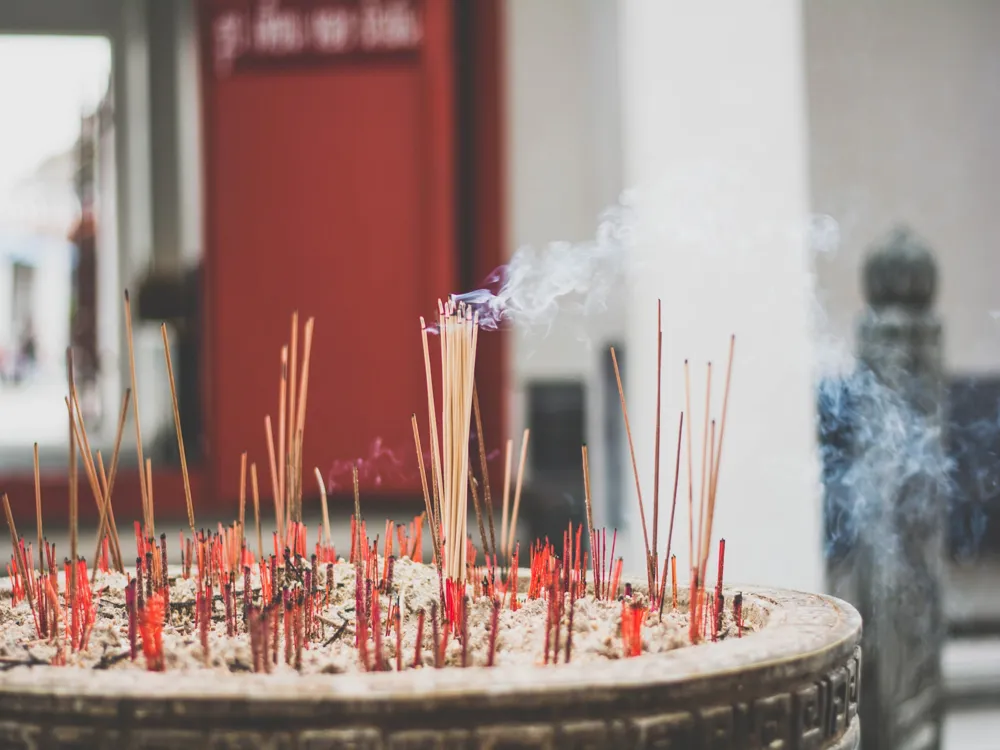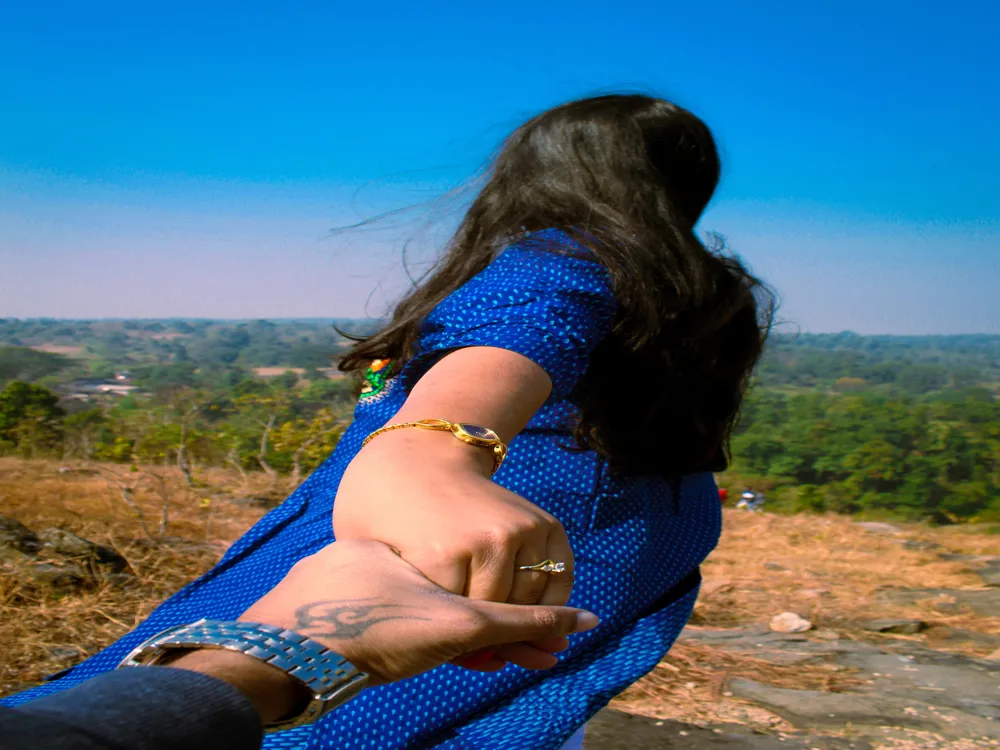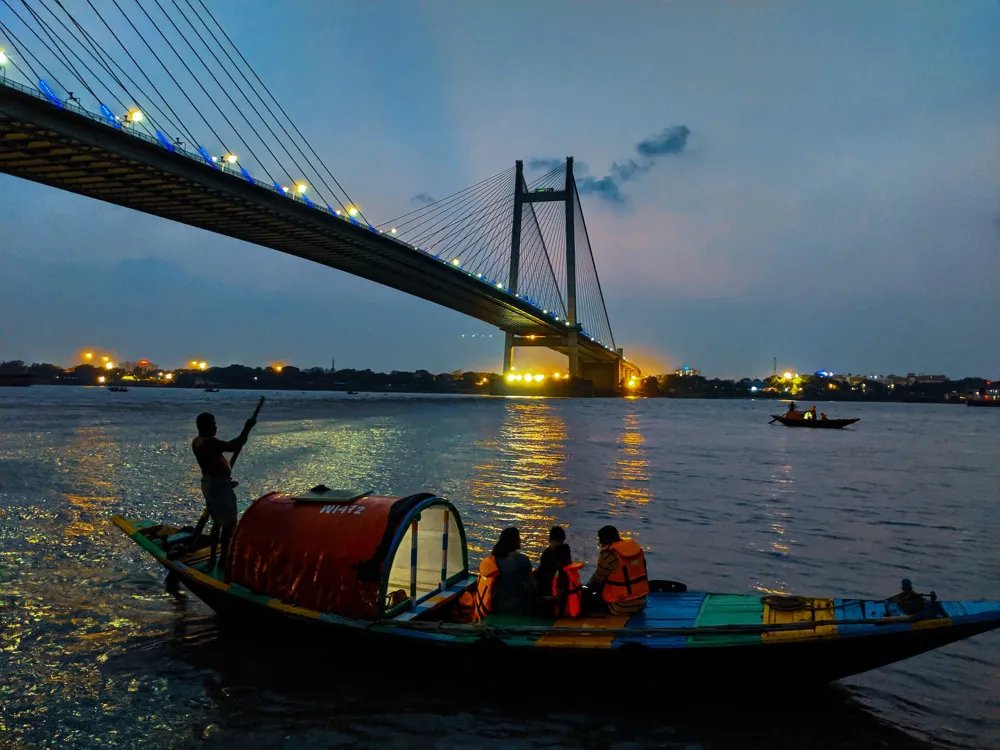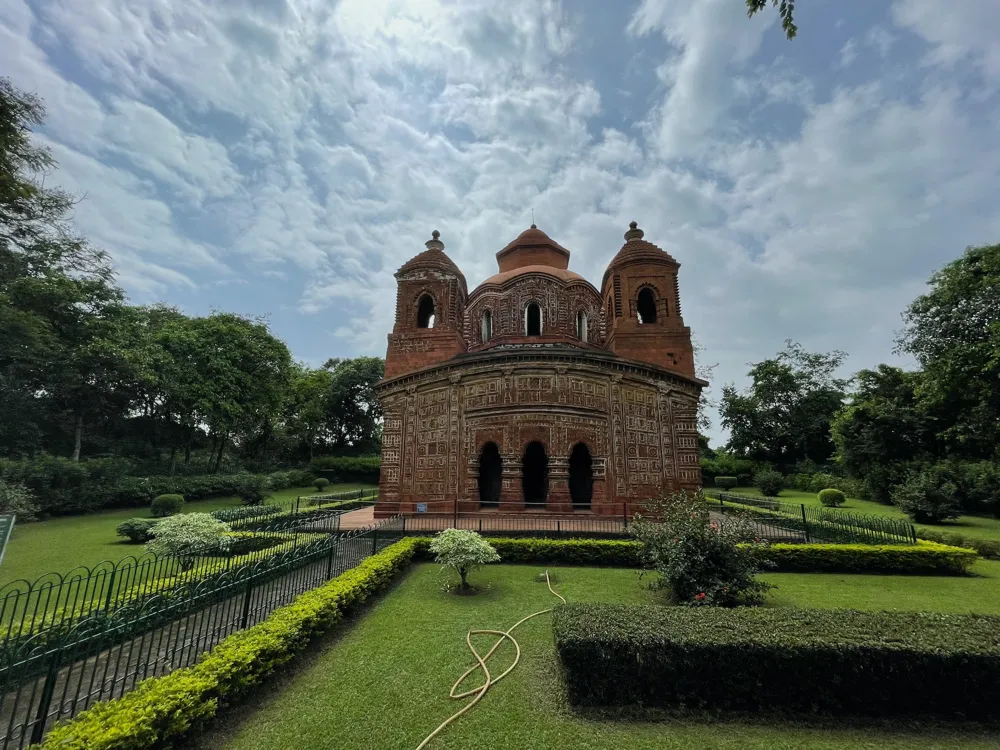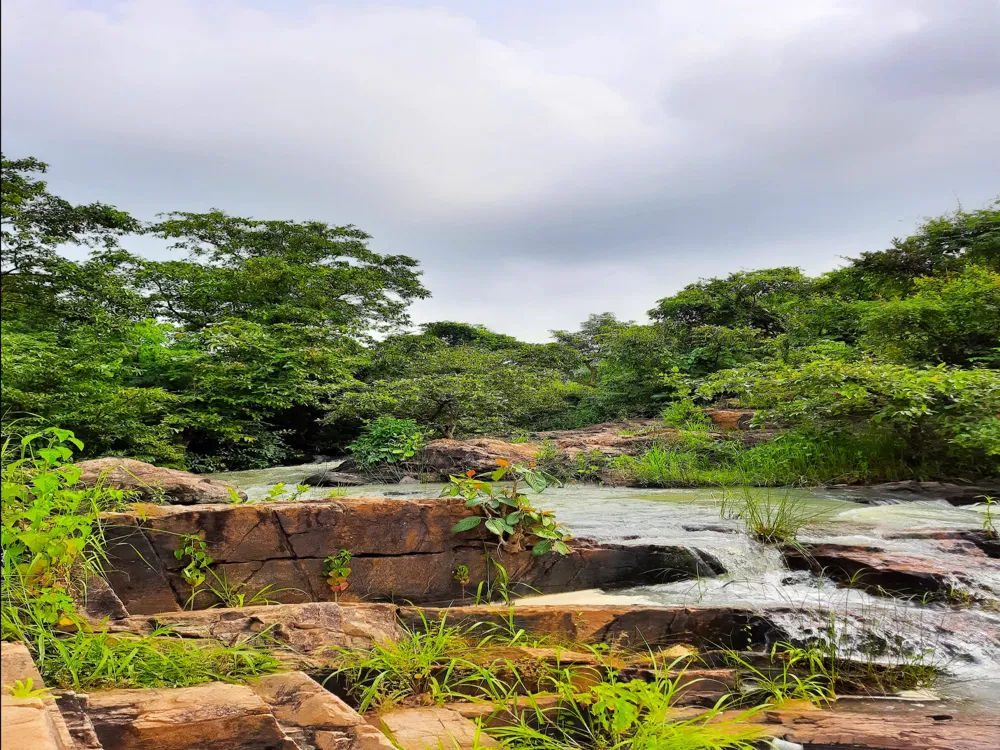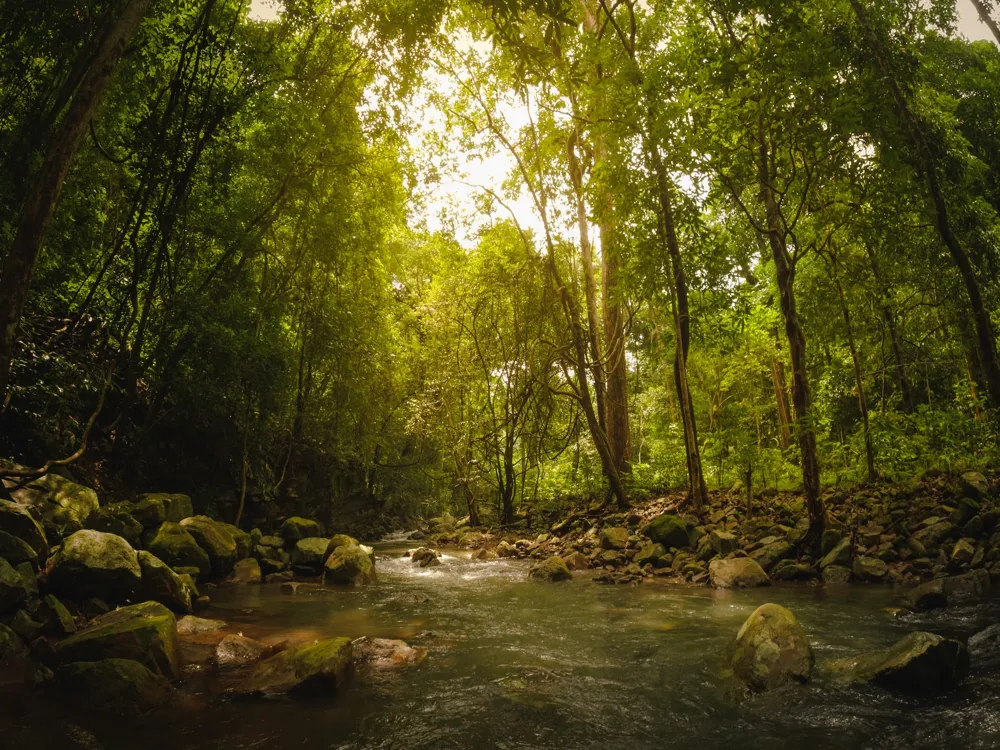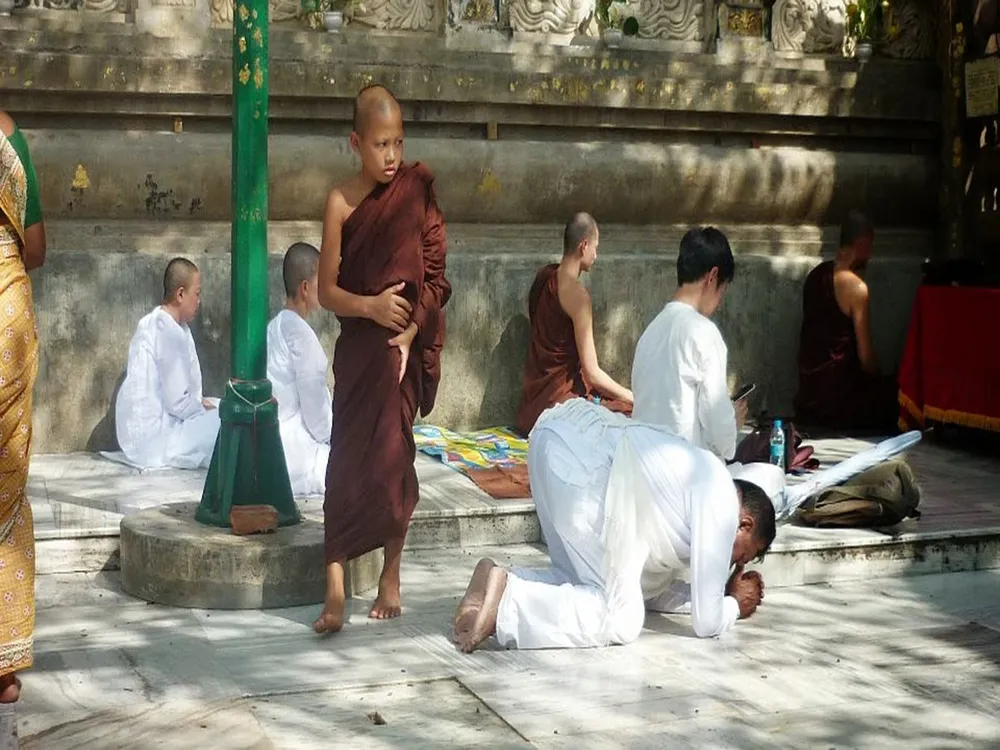The Golpahari Temple, nestled in the bustling city of Jamshedpur, Jharkhand, stands as a beacon of spiritual significance and cultural heritage. This ancient temple, dedicated to Lord Shiva, is not just a religious site but also a testament to the rich historical tapestry of the region. Its name, 'Golpahari', translates to 'round hill', aptly describing its location atop a rounded hillock, offering panoramic views of the surrounding landscape. The temple's history is steeped in legends and lore, tracing back centuries. It is said to have been a spiritual haven for many sages and seers who sought solitude and divine connection. Over the years, the Golpahari Temple has become a pivotal center for religious festivities, particularly during Maha Shivratri, attracting devotees from far and wide. The temple's serene ambiance, coupled with its historical significance, makes it a must-visit destination for those exploring the spiritual landscape of Jharkhand. The architecture of Golpahari Temple is a fascinating amalgamation of historical and cultural influences, reflecting the various eras it has witnessed. The temple's structure is predominantly built in the traditional Nagara style, a hallmark of North Indian temple architecture. This style is characterized by its beehive-shaped shikhara (temple tower), adorned with intricate carvings and sculptures that depict various deities, mythological scenes, and motifs symbolic of Hindu cosmology. The temple's main sanctum, or garbhagriha, houses the revered Shiva Lingam, an iconic representation of Lord Shiva. This sanctum is surrounded by a series of smaller shrines and halls, each adorned with its own array of sculptures and frescoes. The use of local materials, such as sandstone and granite, in the temple's construction not only adds to its aesthetic charm but also speaks volumes of the craftsmanship of the era. The temple complex is further enhanced by a series of stepped platforms, leading up to the main structure, adding to its grandeur and majesty. The ideal time to visit the Golpahari Temple is during the cooler months of October to March. The weather is pleasant, making it comfortable for exploration and participation in outdoor rituals. Visitors are advised to dress modestly, in line with the temple's sanctity. Traditional Indian attire is recommended. It is also important to maintain a respectful demeanor within the temple premises. While photography might be allowed in certain areas, it's advisable to check with the temple authorities beforehand. Photographing the deity or the main sanctum is generally prohibited. Golpahari Temple is easily accessible from various parts of Jamshedpur and beyond. The nearest airport is the Birsa Munda Airport in Ranchi, approximately 130 kilometers away. From the airport, one can hire a taxi or take a bus to Jamshedpur. The city is also well-connected by train, with Tatanagar being the nearest major railway station. For those driving, Jamshedpur is connected via a network of well-maintained roads and highways. Local transport within the city, such as auto-rickshaws and taxis, can be used to reach the temple. Read More: Overview of Golpahari Temple, Jamshedpur, Jharkhand
Architecture of Golpahari Temple
Tips When Visiting Golpahari Temple
Best Time to Visit
Dress Code and Conduct
Photography Guidelines
How To Reach Golpahari Temple
Golpahari Temple
Jamshedpur
Jharkhand
NaN onwards
View jamshedpur Packages
Jamshedpur Travel Packages
View All Packages For Jamshedpur
Top Hotel Collections for Jamshedpur

Private Pool

Luxury Hotels

5-Star Hotels

Pet Friendly
Top Hotels Near Jamshedpur
Other Top Ranking Places In Jamshedpur
View All Places To Visit In jamshedpur
View jamshedpur Packages
Jamshedpur Travel Packages
View All Packages For Jamshedpur
Top Hotel Collections for Jamshedpur

Private Pool

Luxury Hotels

5-Star Hotels

Pet Friendly









